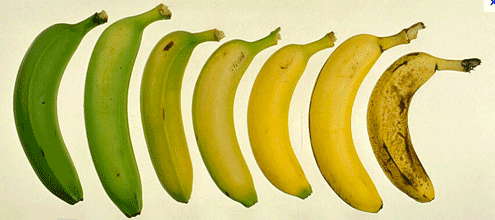The beauty of social media isn’t in the online connections. It’s not about the numbers, never has been. OK, maybe it is to marketers, but that’s because they operate from a different perspective. No the beauty of social media is in it’s potential. It’s potential to connect people from divergent backgrounds or in the same city or that have the same common interests. It can really connect people in infinite ways. That may seem somewhat preachy or full of green meadows, unicorns and rainbows but it’s true.
Recently in the Wall Street Journal, there was an article titled , Why Successful Branding Still Happens Offline. The article was good but it was really similar to a thousand other articles that I have read over the years about how brands need to do this or that in social in order to be successful. As I neared the end of the piece, I read the following:
The great social wave is an opportunity that no business can afford to ignore or look at myopically. It’s happening all around us – and to the continuing surprise of many, it’s mostly happening face-to-face
I’ve said the first part of that sentence, again, a thousand times about ignoring social at your own peril, blah, blah,blah. But the back half of the sentence struck a nerve. It’s mostly happening face to face. Basically where social takes off and takes on magical tones is when we get to associate a name with a physical face and voice and not an avatar. Going to a conference and meeting that person that you have had tens of twenty or hundreds of conversations with on Twitter or Facebook or blog comments. That’s the money shot.
Whether you do business with someone online or whatever it is you or your company might do with social, it’s always going to be or should be based on some type of interaction and then some type of result. Taking social offline should be the goal of every online social media encounter worth its weight.


